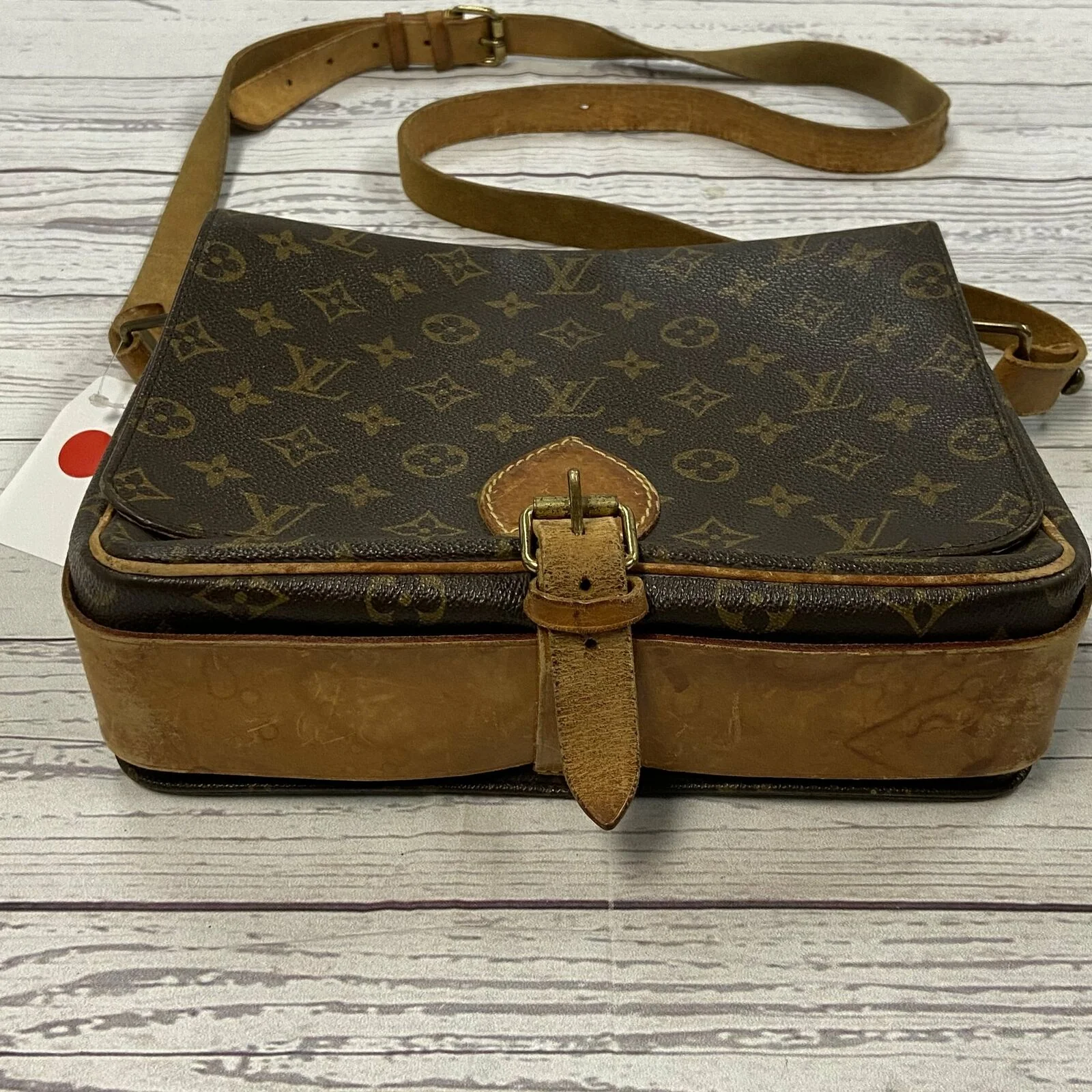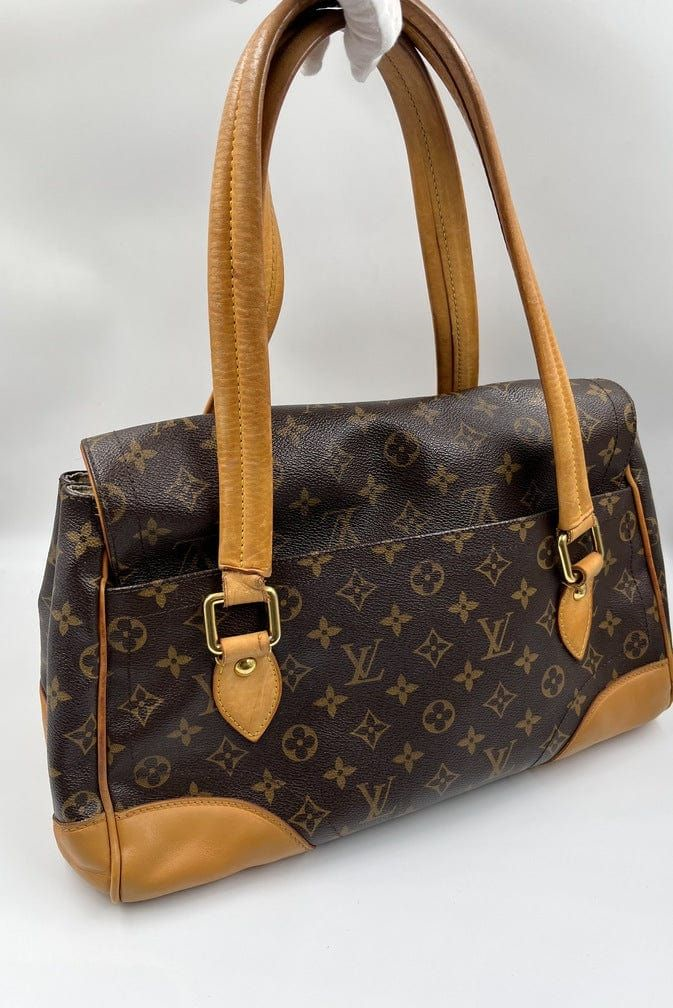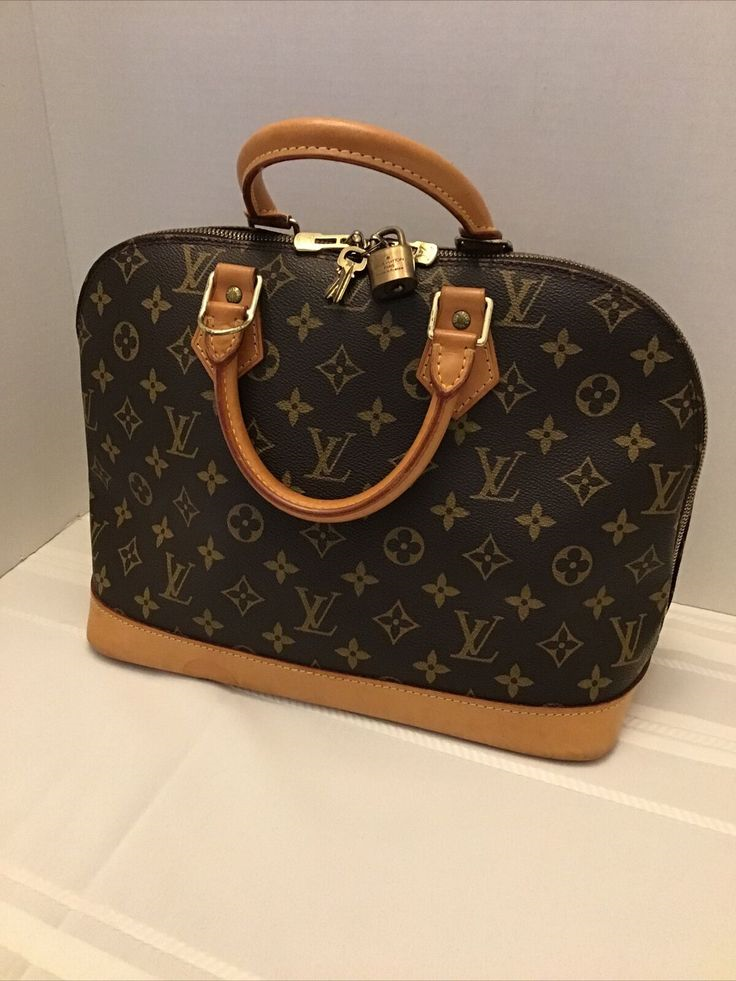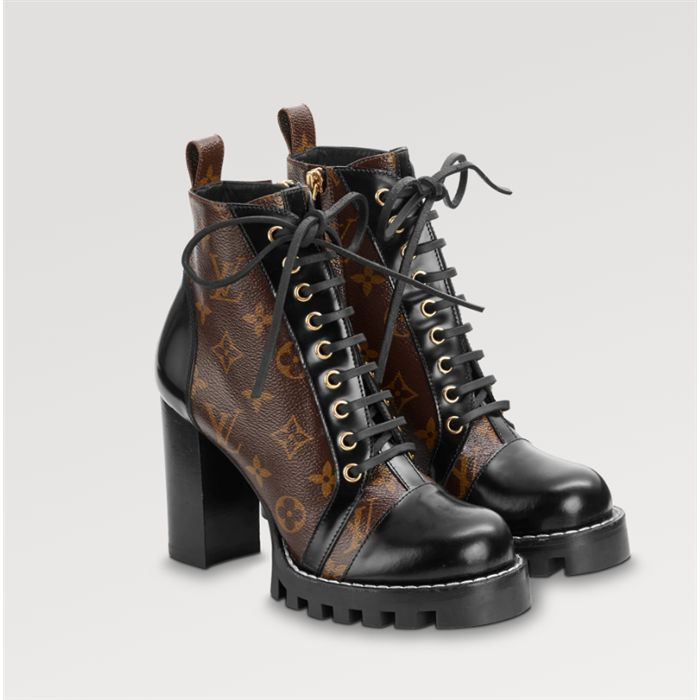In the realm of luxury fashion, few names resonate as profoundly as Louis Vuitton. Synonymous with sophistication, craftsmanship, and timeless elegance, the iconic brand has a storied history that spans more than a century. Let’s embark on a journey through the evolution of Louis Vuitton, from its humble beginnings to its status as a global symbol of luxury and style.
The Birth of a Legacy Evolution of Louis Vuitton (1854-1892)

The Louis Vuitton saga began in 1854 when a young French artisan named Louis Vuitton opened his first workshop in Paris. His initial foray into the world of luxury goods centered around crafting custom trunks and luggage for the city’s elite. One of Vuitton’s groundbreaking innovations was the flat-topped trunk, a stark departure from the traditional rounded designs prevalent at the time. This innovative approach not only made stacking easier but also helped protect the contents of the trunk during transit.

The success of Louis Vuitton’s trunks quickly garnered attention, and the brand became the preferred choice for aristocrats and nobility. In 1888, Louis Vuitton introduced the iconic Damier Canvas, a checked pattern that adorned the brand’s trunks, adding a distinctive touch to its creations.
Expanding Horizons (1892-1936)

After the passing of Louis Vuitton in 1892, his son, Georges Vuitton, took the reins of the business. Recognizing the need to adapt to changing times, Georges diversified the brand’s offerings. The company expanded its product range to include handbags, purses, and other accessories, catering to the evolving needs of its discerning clientele.
Georges also confronted the issue of counterfeiting, an escalating problem that threatened the brand’s integrity. In response, he introduced the iconic Monogram Canvas in 1896, featuring the interlocking LV initials and floral motifs. This distinctive pattern not only served as a symbol of authenticity but also became an enduring hallmark of Louis Vuitton’s legacy.
Evolution of Louis Vuitton Global Ascent (1936-1987)

The mid-20th century marked a significant turning point for Louis Vuitton as the brand embarked on a journey beyond the borders of France. In 1936, Georges Vuitton unveiled the brand’s first store in New York, signaling the beginning of its global expansion. The move was followed by the establishment of stores in London, Nice, and other cosmopolitan hubs, solidifying Louis Vuitton’s status as an international luxury brand.
The brand continued to innovate during this period, introducing the Keepall bag in the 1930s and the iconic Noé bag in 1932, originally designed to carry bottles of champagne. Louis Vuitton’s commitment to both style and functionality endeared it to a broader audience, laying the foundation for its future success.
Modern Reinvention (1987-Present)

The late 20th century brought about significant changes for Louis Vuitton, culminating in its acquisition by the luxury conglomerate LVMH (Moët Hennessy Louis Vuitton) in 1987. Bernard Arnault, the chairman of LVMH, recognized the brand’s potential and set about elevating it to new heights.
Under Arnault’s leadership, Louis Vuitton underwent a modern reinvention, collaborating with renowned designers such as Marc Jacobs and later Nicolas Ghesquière. These collaborations injected a fresh and contemporary aesthetic into the brand, appealing to a younger and more diverse clientele.

The brand also expanded its product lines to include ready-to-wear clothing, shoes, and accessories. The introduction of the iconic Louis Vuitton Speedy bag in various sizes and materials became a global sensation, further solidifying the brand’s position as a trendsetter in the fashion industry.
In recent years, Louis Vuitton has embraced technology and digital innovation, incorporating them into its marketing strategies and retail experiences. From high-profile collaborations with artists and celebrities to the integration of sustainable practices, Louis Vuitton continues to evolve while staying true to its heritage of craftsmanship and luxury.
A Timeless Legacy
As we traverse the history and evolution of Louis Vuitton, it becomes clear that the brand’s success lies not only in its ability to adapt to changing times but also in its unwavering commitment to quality and innovation. From crafting custom trunks for the elite to becoming a global symbol of luxury, Louis Vuitton has stood the test of time, leaving an indelible mark on the world of fashion and luxury goods. As we look to the future, one thing remains certain – the legacy of Louis Vuitton will continue to captivate and inspire generations to come.
Photo Credit Pinterest
Recommend0 recommendationsPublished in Uncategorized


